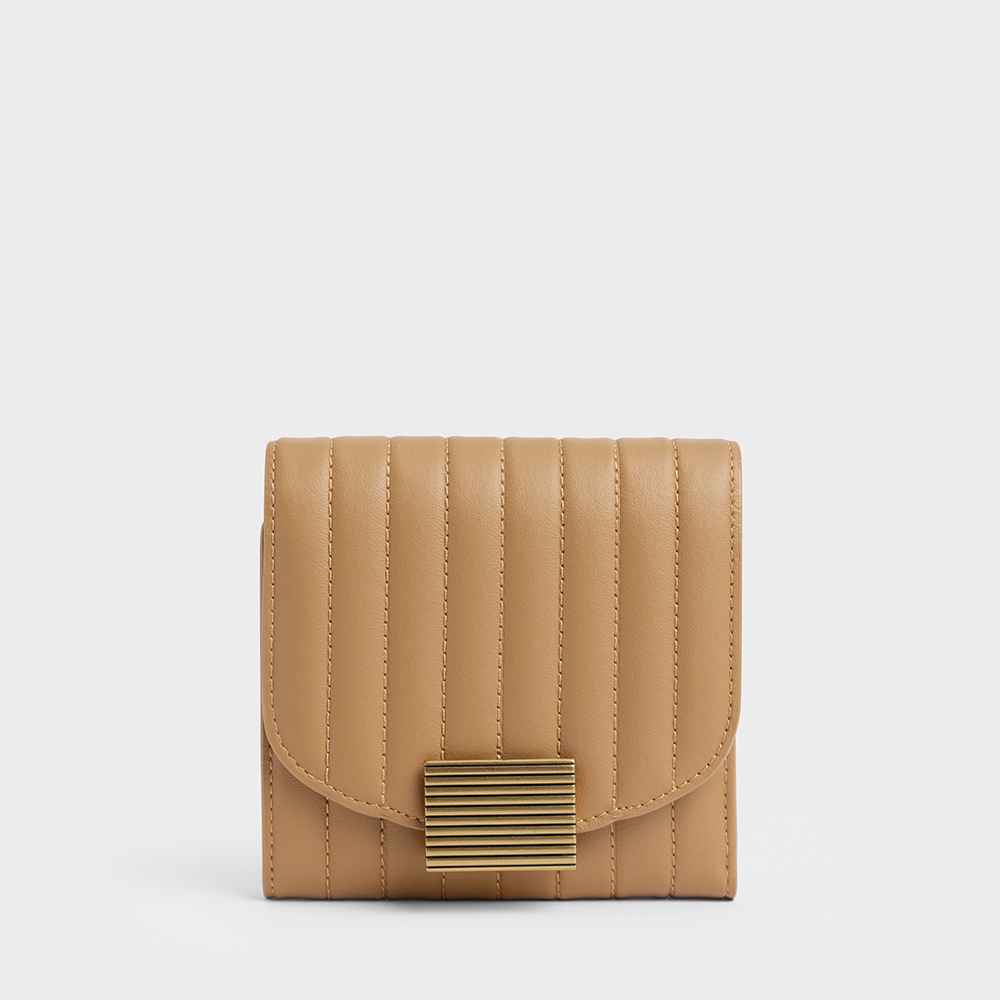The ‘greenconsumption’ effect can enhance the in-flight experience
Share
Simply letting passengers know that an in-flight product is sustainable will increase their enjoyment and appreciation of it.
This thesis was tested and proven in an academic study, the results of which were published in the September 2019 issue of the Journal of Consumer Research.
The study found that:
“Using a green product influences the enjoyment of the accompanying consumption experience even if consumers have not deliberately chosen or purchased the product.
“Five experiments in actual consumption settings revealed that using a green (vs. conventional) product enhances the enjoyment of the accompanying consumption experience, referred to as the greenconsumption effect. “
One of the experiments involved giving participants a set of headphones and asking them to listen to 45 second excerpts from three songs.
One group was just given the headphones. The other group was given headphones and told that they were made from recycled materials.
The second group, who believed they were using ‘sustainable’ headphones, enjoyed the music more – despite listening to exactly the same songs and from the same headphones as the first group.
Headphones are of course a very relevant example for aviation, as they are a core part of an airline’s IFE system.
The growth of upcycling
Obviously the findings are encouraging for airlines as it shows that passengers will react positively to on-board sustainability.
However the study also suggests that passengers will appreciate the growing ‘upcycling’ trend by airlines, where old aircraft items are being turned into products.
For example, Singapore Airlines has an on-going upcycling project. This includes a partnership with high-end consumer brands.

Old airplane seats and items have been turned into bags, kimonos, keychains and wallets (see above image) just to name a few. They are now on sale on the airline’s Krisshop.
ANA has produced bags made from old staff uniforms. Meanwhile Lufthansa even sells furniture made from old airplane parts.
Looking at amenity kits, a number of airlines now make them out of sustainable materials.
To give two examples: LATAM offers travel eco-kits for premium cabin passengers. The kits are reusable and feature designs from up and coming Latin American artists.
Air France’s eco-friendly amenity kits for business and premium economy passengers are made from 93% recycled materials, and include items such as a toothbrush and pen made from corn starch.
So the conclusion is, introducing sustainability into your on-board or in-lounge products helps your environmental credentials.
However, it also increases passenger enjoyment of those items, which in turn can boost overall passenger attitudes towards the in-flight experience.
Of course for that to happen, as the study we quoted shows, it’s crucial that passengers know that the product they have in front of them is sustainable.

